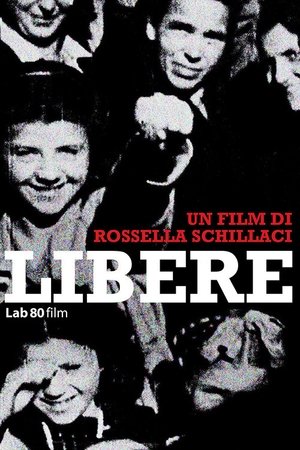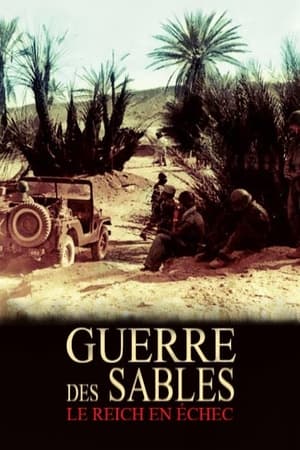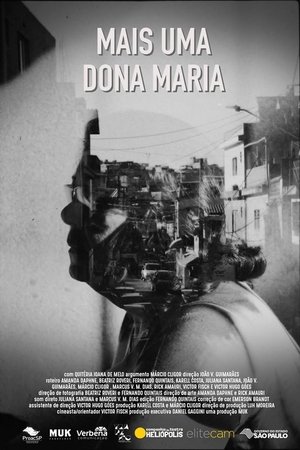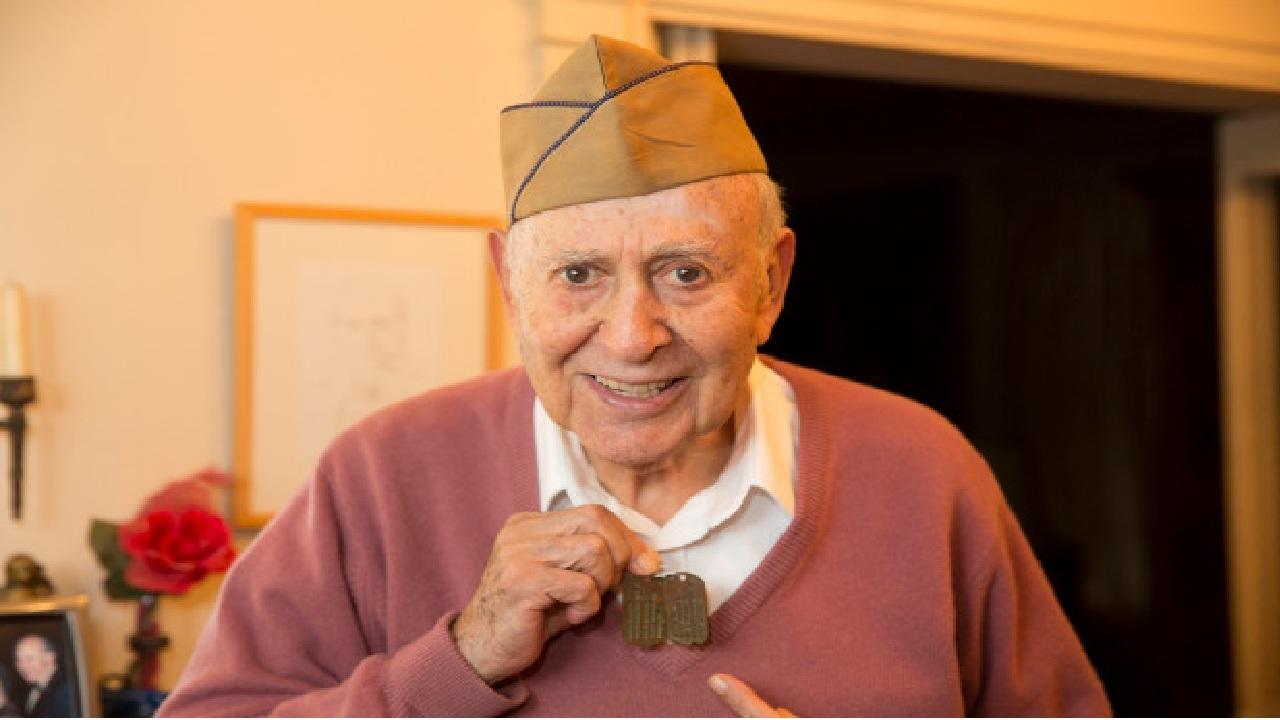
GI Jews: Jewish Americans in World War II
Similar Movies
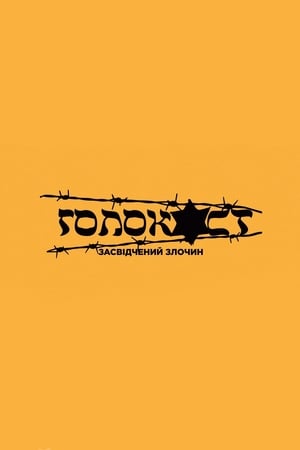 0.0
0.0The Holocaust. Certified crime(uk)
The documentary tells the stories of people who were just children during the Second World War and the Nazi occupation of Ukraine. Its protagonists now live in Kyiv, Dnipro, and Odesa, where the filming took place. They survived the ghetto and also witnessed mass shootings that took place, according to researchers, in about five thousand locations across Ukraine. Each of the heroes lost loved ones. Parents, brothers, sisters, loved ones. Everyone had a single task during these terrible years - to survive. The entire mosaic of terrible memories collected in the film is part of a story of survival.
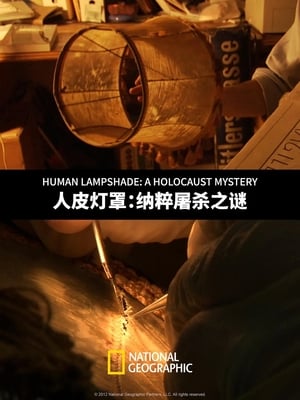 4.5
4.5Human Lampshade: A Holocaust Mystery(en)
This story follows one man's quest to uncover the origins and reveal the mysteries of a possible Holocaust artifact some historians now say never existed: lampshades made of human skin. When the flood waters of Hurricane Katrina receded, they left behind a wrecked New Orleans and a strange looking lamp that an illicit dealer claimed was 'made from the skin of Jews.'
 7.0
7.0Hitler's Evil Science(fr)
In 1935, German scientists dug for bones; in 1943, they murdered to get them. How the German scientific community supported Nazism, distorted history to legitimize a hideous system and was an accomplice to its unspeakable crimes. The story of the Ahnenerbe, a sinister organization created to rewrite the obscure origins of a nation.
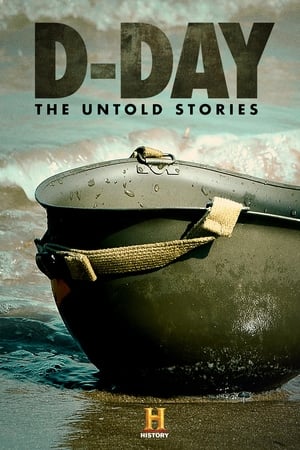 8.5
8.5D-Day: The Untold Stories(en)
To commemorate the 75th anniversary of D-Day, this special presents the key events of the Allied invasion of Nazi-held Europe and the subsequent battles that captured the control of the Normandy coast. Some of the last surviving veterans recall in detail the terror, patriotism and drama from the frontlines of war. This special also honors the diverse backgrounds of all who served.
 0.0
0.0Ambassador of Remembrance(pl)
In September 1943, 17-year-old Stanisław Zalewski was arrested in Warsaw as a member of a Polish resistance group and taken to the Auschwitz-Birkenau extermination camp for labour service. From there, he was sent to Mauthausen and finally to the Gusen camp, where the prisoners were forced to work for the German armaments industry under inhumane conditions. For a long time, Stanisław Zalewski, like many other victims of Nazi terror, remained silent about his painful experiences. It was only after forty years that he began to talk about it, at events, memorial services, and in schools, and he continues to do so to this day, even at the age of 99. Now, for the first time, he tells his stirring life story in a film as a deeply impressive ‘ambassador of remembrance’.
 6.5
6.5Adolf Island(en)
Caroline Sturdy Colls, a world leader in the forensic investigation of Nazi crime scenes, is chasing clues to an unsolved case: a concentration camp that existed on the British island of Alderney. Witnesses and survivors claimed that thousands died there, but only 389 bodies have ever been found. Under heavy restrictions imposed by the local government, which may not want its buried secrets revealed, Colls must uncover the truth using revolutionary techniques and technologies.
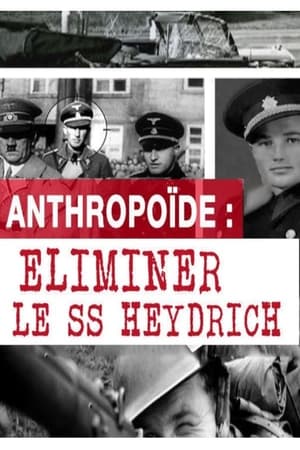 6.8
6.8Operation Anthropoid - Eliminate the SS Heydrich(fr)
A documentary looking at Operation Anthropoid during World War II.
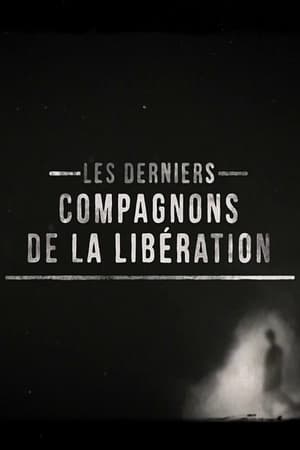 6.7
6.7The Last Companions of the Liberation(fr)
They were going to become heroes, but they didn't know it. Most of them were not yet twenty years old in June 1940, when France found itself on the ground. They were starting careers, studies, had families, friends. None had heard General de Gaulle's call on June 18, but all listened to Marshal Pétain's speech on the 17th, asking to stop fighting. They immediately rebelled and joined London or the Resistance. Through the testimonies of seven of the last Companions of the Liberation (made in 2013), this film tells us about their unwavering commitment and takes us in their footsteps until the Liberation.
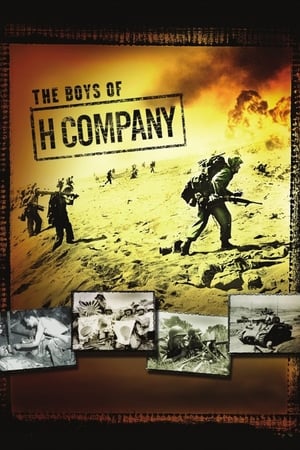 0.0
0.0The Boys of H Company(en)
This documentary follows the steps of the boys of H Company as they fight on the island of Iwo Jima.
 5.9
5.9Shooting War(en)
A remarkable film that takes a special look at the first war to be truly reported and recorded by one of the more unsung heroes of World War II: the combat photographer. Through the unflinching eye of their camera's lenses, these courageous soldiers continually risked their lives in their brave attempts to capture history.
 0.0
0.0Alene Duerk: First Woman to Make Admiral(en)
Following the tradition of military service in her family, Alene Duerk enlisted as a Navy nurse in 1943. During her eventful 32 year career, she served in WWII on a hospital ship in the Sea of Japan, and trained others in the Korean War. She became the Director of the Navy Nursing Corps during the Vietnam War before finally attaining the rank of Admiral in the U.S. Navy. Despite having no other women as mentors (or peers), Admiral Duerk always looked for challenging opportunities that women had not previously held. Her consistently high level of performance led to her ultimate rise to become the first woman Admiral.
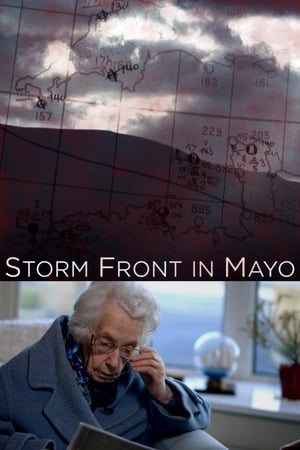 7.5
7.5Storm Front in Mayo(en)
Ireland, June 1944. The crucial decision about the right time to start Operation Overlord on D-Day comes to depend on the readings taken by Maureen Flavin, a young girl who works at a post office, used as a weather station, in Blacksod, in County Mayo, the westernmost promontory of Europe, far from the many lands devastated by the iron storms of World War II.
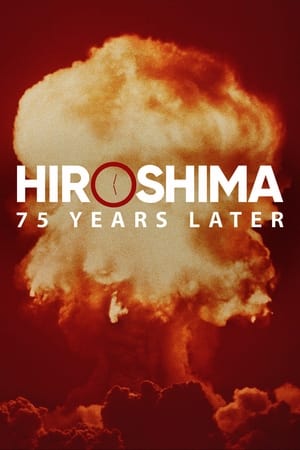 6.7
6.7Hiroshima and Nagasaki: 75 Years Later(en)
Hiroshima and Nagasaki: 75 Years Later is told entirely from the first-person perspective of leaders, physicists, soldiers and survivors.
Timber Front(en)
This black-and-white archival film outlines the importance of Canada's forests in the national war effort during the Second World War.
Jenny Holm - Nazispionen der kom ind i varmen(en)
It is not in the cards that young Anne Marie Christensen from Fanø ends up as one of the most notorious Danish war criminals from World War II. Nevertheless, she is recruited by the Gestapo under the name Jenny Holm during the occupation. She turns out to have agent skills beyond the usual. It is believed that she is responsible for many hundreds of arrests of enemies of Nazism. She is so skilled that she is recruited by Danish and British intelligence in the years just after the war, where she uses her skills to catch Nazi war criminals in Germany. Jenny Holm disappears into oblivion - until a day when a resourceful writer finds out where Jenny Holm ends her days. The trail ends surprisingly, at a celebrated alternative therapist with electric hands on Gammel Kongevej
Knights of the Sky: Air War Over Romania(en)
Meet American fighter pilots and bombers who raided Romanian targets in WW-II including its major oilfields centered on Ploesti and Romanians who defended them. 'Ace' pilot interviews, both American and Romanian, as well as US Air Force prisoners experiences are explored through rarely viewed Romanian archive footage. The documentary is seen through the eyes and words of Nicholas Dimancescu. He journeys back to Romania both to discover his own roots and also to uncover the stories of American and Romanian airmen who raided and defended Romania's oil refineries during World War II. The experiences of wartime 'aces' on both sides are recounted and two of them, once enemies who attacked one another over Romania, meet for the first time 66 years later.
Recommendations Movies
 8.0
8.0The Empire of Red Gold(fr)
The world's most consumed fruit has an untold story. The industrialization of the humble tomato preceded the globalized economy that was to follow. It is now as much of a commodity as wheat, rice, or petrol. Today, wherever you are in the world, you can eat the same tomatoes. This film traces the journey of tomato paste from Africa, Italy, China and America to show the consequences of this global business.
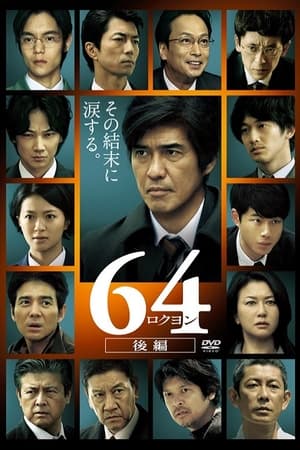 7.4
7.464: Part 2(ja)
1989: 64th and last year of the Showa era. A girl is kidnapped and killed. The unsolved case is called Case 64 ('rokuyon'). 2002: Yoshinobu Mikami, who was the detective in charge of the Case 64, moves as a Public Relations Officer in the Police Affairs Department. His relation with the reporters is conflicted and his own daughter is missing. The statute of limitations for the Case 64 will expire in one year. Then a kidnapping case, similar to the Case 64, takes place. The rift between the criminal investigation department and police administration department deepens. Mikami challenges the case as a public relations secretary.
Frimley Park Hospital(en)
Frimley Park Hospital is a heartfelt story about family, resilience, and the importance of prioritizing health without delay. The film follows Rani and her brother Tom, who share a close bond. After returning to the UK from a Nepal holiday, Rani notices something deeply concerning about Tom: his skin and eyes have a yellowish tint, and he looks frail and exhausted. He's lost a staggering 15 kilograms in just a month and seems weaker by the day. Rani, alarmed and worried, insists on taking him to the Aldershot Health Centre to see a GP. The GP, recognizing the urgency of Tom's condition, immediately refers him to Frimley Park Hospital for further testing and treatment. Tom is admitted to the hospital for three weeks, where doctors diagnose him with a range of serious health conditions: jaundice, autoimmune hepatitis, gallstones, and an ulcer. The medical team informs Tom and Rani that his health is in a critical state, and his future is uncertain.
 6.2
6.2Never Alone(fi)
1942. The State of Finland has formed an alliance with Nazi Germany. An elderly man single-handedly tries to stop a secret attempt by the Finnish State Police to hand over Jewish refugees directly to the Gestapo.
 6.7
6.7Gasping for Air(tl)
When his sister disappears after leaving their home in hopes of singing stardom, Luis tracks her down and discovers the grim reality of her whereabouts.
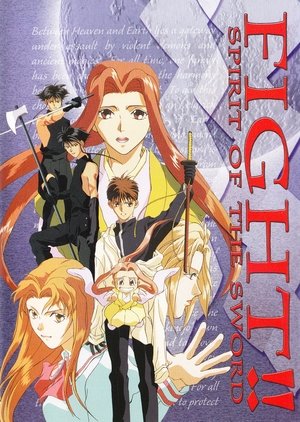 6.2
6.2Fight!! Spirit of the Sword(ja)
Yonosuke Hikura appears to be an ordinary high school student. Yet he has inherited the important role of protecting the harmony between Heaven and Earth. With the help of the magical sword Chitentai, and Tsukinojo Inbe, he courageously battles the demons, sending them back to the Earth World, from which they have escaped.
Hello...?(en)
"a colorful poem of the first copy-motion film... the system registers images directly from a color (xerox) duplicator model 6500... an original, versatil, unique system developed by Darino" –Back Stage
 5.3
5.3A Sibila(pt)
In the mid-20th century, a troubled relationship between Germana, a young writer, and Quina, her aunt who lives in the northern Portuguese countryside. Feelings of jealousy, admiration and the complex magnetism between these two strong women arise.
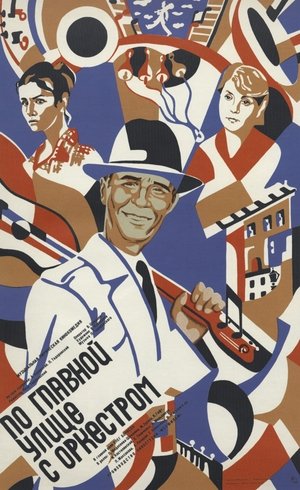 6.4
6.4Through Main Street with an Orchestra(ru)
Vasily Muravin, 50, a teacher at the Moscow Institute of Management, is experiencing a crisis. At work, the place of the head of the department is replaced by the more pragmatic, but limited person Valentin Romanovsky. At home, his wife Lida, who earns at work more than her husband, habitually reproaches him for indecision. It’s hard for Muravin to come to terms with his established attitude to himself, but he is most worried when his wife shows disrespect for his main hobby - playing the guitar. Once, unable to bear the bullying, Muravin suddenly leaves the family (wife and daughter) and from work.
13(ja)
The film is a continuous time-lapse with multiple exposures of the sunset from the same angle and position on 16mm film. The shoot was done in a span of 5 years. The title 13 is because the time-lapse has a 13-second interval per frame.
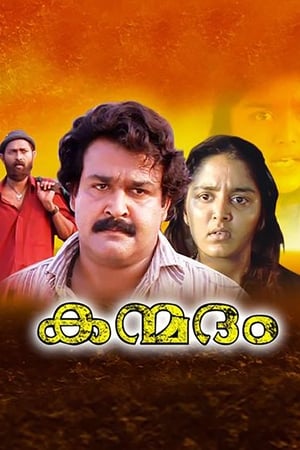 7.3
7.3Kanmadam(ml)
Vishwanathan is a thug who accidentally kills Damodaran. Later, he falls in love with Bhanu. Will Vishwanthan reveal his true identity to Bhanu?
Mist(en)
Silence dominates the work, as does the screen rectangle, which cuts off the “image” from a life time-space continuum and imposes upon the image its particular character. Within it, there is a play between tonalities, textures, large and small shapes.

